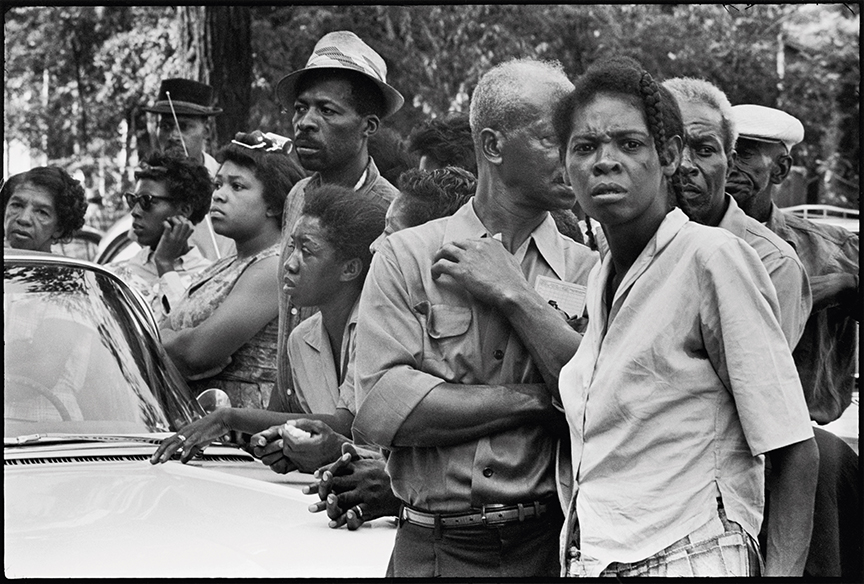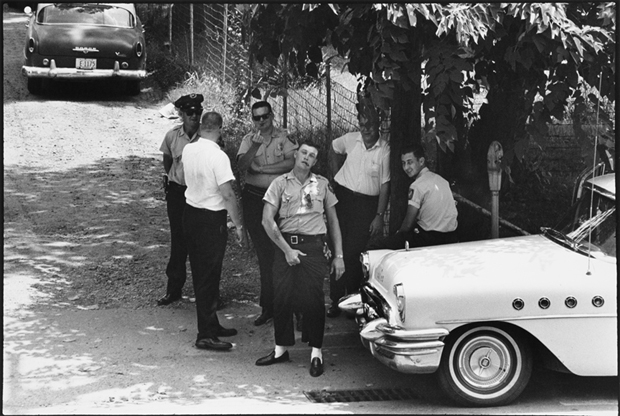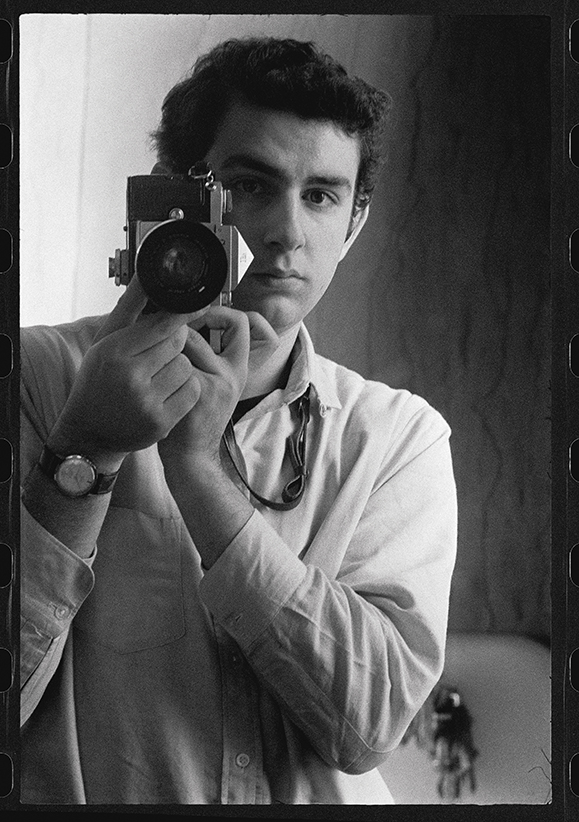
Danny Lyon remembers Selma
52 years on from those historic marches the photographer recalls how violence led to justice
Danny Lyon wasn’t in Albama on 21 March 1965. That was the day when Dr. Martin Luther King led a band of Civil rights marchers in their third and final march into Montgomery, the state capital, drawing to a close a series of protests which compelled President Johnson to pledge his support for the Voting Rights Act, guaranteeing African Americans the right to vote.
However, the photographer and activist had put in much of the groundwork to raise the issue of Civil Rights via his photographs.
“In the summer of 1962 I hitch hiked to Cairo, Illinois, where I met John Lewis, then a [The Student Nonviolent Coordinating Committee] SNCC field secretary, and saw and photographed my first demonstrations,” recalls Lyon in his book The Seventh Dog. “During the next two years, until the fall of 1964, I would shoot approximately 150 rolls of mostly 35mm black and white film.”
“The period I photographed was its golden age. That summer of 1963, fifteen thousand people were arrested in non-violent protests in the South,” he recalls. It was the high-water mark of the Movement.”

Unfortunately, it took southern statesmen a little longer to recognise these forces of history. “On March the 7th, 1965 on live national television, the Marchers, led by [prominent activists] John and Hosea Williams, are brutalized on the [Selma] Edmund Pettis Bridge,” Danny writes on his blog.
“The Movement was a very emotional, stressful time. There was not only the constant threat of real violence in the field, conflicts within generations, and there were emerging tensions within the SNCC itself. On March 7th, 1965, I was in Chicago, watching on small a B&W television as Bloody Sunday occurred. “How stupid can they be?” I thought, meaning, how stupid can the powers in Alabama be to commit this outrage in broad daylight with film and TV cameras pointed right at them. The results were predictable. One week later, on March the 15th, LBJ made a speech before Congress introducing the Voting Rights Act.”
“On March 21, 1965 with 3,000 people standing behind them, including whites and people from the North, one of whom would be murdered, Dr King and John Lewis led a successful march over the bridge that ended in Montgomery Alabama, 50 miles away,” Danny writes. “Many more thousands joined them there.”
While these marches marked the beginning of enfranchisement for many Americans, Selma marked the end of Lyon’s involvement with the Civil Rights movement.

“Later in the spring of 1965, on assignment for Ramparts Magazine, I photographed King and James Forman together in Montgomery for a court hearing. They were extremely friendly. These are the last pictures I made in the Movement. The negatives have been lost.”